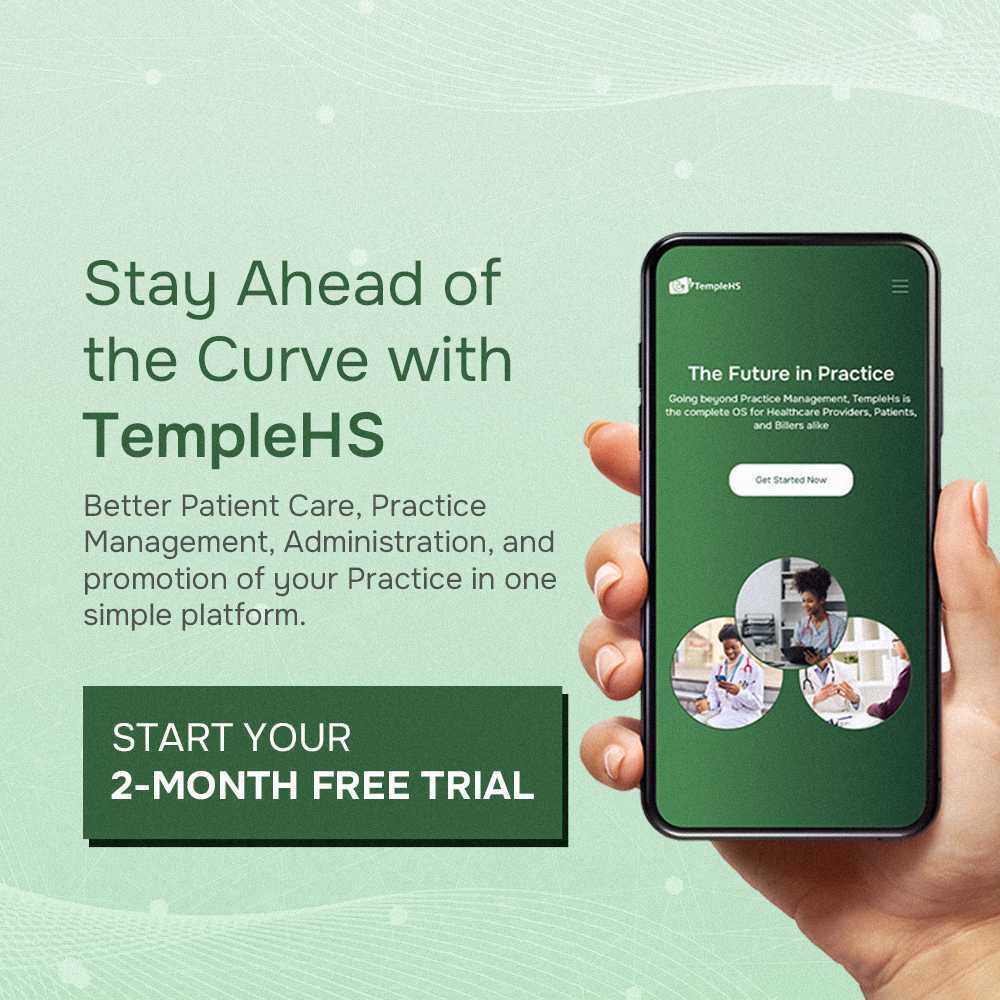In healthcare, offering an exceptional patient experience is no longer optional, it’s essential. Patients expect more than medical expertise; they seek empathy, convenience, and personalized care at every touchpoint. A positive patient experience enhances satisfaction and builds trust and loyalty, ultimately benefiting the reputation and success of healthcare practices.
This guide breaks down actionable steps to deliver a consistently great patient experience, from the first interaction to post-visit follow-ups.
Your Simple Guide to Offering a Great Patient Experience
1. Create a Welcoming Environment
A patient’s journey begins the moment they enter your facility. A welcoming and comfortable environment sets the tone for the rest of their experience. Ensure your waiting area is clean, well-lit, and inviting, with comfortable seating and soothing décor. Adding elements like magazines, water dispensers, or soft music can make the wait more pleasant.
Friendly and attentive staff at the front desk are equally important. Greet patients warmly, offer assistance proactively, and ensure check-ins are quick and efficient. When patients feel valued from the start, their overall impression of your practice improves.
2. Simplify Scheduling and Communication
Patients value convenience, and making the scheduling process simple and intuitive is key to meeting this expectation. Offer online appointment booking options and provide clear instructions on your website or patient portal. Reduce the frustration of long hold times by allowing patients to contact your office via email or text.
Communication doesn’t end with scheduling. Send appointment reminders through preferred channels, such as texts, emails, or phone calls. Clear and consistent communication ensures patients feel informed and prepared, reducing the likelihood of missed appointments or misunderstandings.
3. Practice Active Listening During Visits
A great patient experience hinges on how well patients feel heard during their visits. Active listening involves giving patients your full attention, asking open-ended questions, and summarizing their concerns to confirm understanding. Avoid rushing or interrupting patients, as this can make them feel dismissed.
Empathy plays a crucial role here. Acknowledge patients’ emotions and validate their concerns to foster trust and rapport. When patients feel respected and understood, they are more likely to engage in their care and follow treatment recommendations.
4. Personalize the Care Experience
Personalized care is at the heart of an exceptional patient experience. Address patients by their name, remember details about their preferences or health history, and tailor your approach to their unique needs. For example, consider how a patient’s cultural background or personal preferences might influence their care choices.
Using electronic health records (EHRs) effectively allows you to keep track of patient information and provide continuity in care. Personalization demonstrates genuine care and helps patients feel like more than just a number.
5. Minimize Wait Times
Long waits are a common source of frustration for patients. While some delays are unavoidable, keeping patients informed can mitigate their dissatisfaction. If a delay occurs, apologize and provide an estimated wait time, ensuring patients feel respected and acknowledged.
Streamlining administrative processes and optimizing scheduling can also reduce wait times. For instance, staggering appointment types or using real-time scheduling software can improve efficiency and keep your day running smoothly.
6. Educate and Empower Patients
Patients who understand their care are more likely to be satisfied and engaged. Take the time to explain diagnoses, treatments, and follow-up steps in plain language, avoiding medical jargon. Use visual aids or handouts to make complex information easier to grasp.
Encourage patients to ask questions and provide opportunities for them to discuss their concerns. By involving patients in their care, you empower them to make informed decisions and take ownership of their health.
7. Leverage Technology for Seamless Interactions
Technology can enhance the patient experience by streamlining interactions and making care more accessible. Offer features like online appointment booking, telehealth options, and patient portals where patients can access their medical records, test results, and billing information.
For in-office visits, consider using digital check-ins to reduce paperwork and speed up the registration process. These tools save time for both patients and staff, creating a smoother experience for everyone involved.
8. Collect and Act on Patient Feedback
Regularly seeking feedback from patients helps you understand their needs and identify areas for improvement. Use surveys, comment cards, or follow-up calls to gather insights about their experiences. Ask about specific aspects, such as communication, wait times, and overall satisfaction.
The key is to act on the feedback you receive. When patients see that their suggestions lead to meaningful changes, they feel valued and are more likely to remain loyal to your practice.
9. Provide Exceptional Post-Visit Care
The patient experience doesn’t end when they leave your office. Following up with patients demonstrates a commitment to their well-being. Send personalized follow-up emails or calls to check on their progress, answer questions, or provide additional instructions.
For chronic or long-term conditions, regular check-ins help patients stay on track and build trust in your care. Providing resources like educational content or links to support groups can further enhance their experience and satisfaction.
Conclusion
Offering a great patient experience requires more than clinical expertise; it demands empathy, communication, and a commitment to putting patients first. By creating welcoming environments, leveraging technology, minimizing wait times, and personalizing care, healthcare providers can foster trust, loyalty, and satisfaction. A patient-centric approach improves outcomes and ensures long-term success for healthcare practices. When patients feel heard, respected, and valued, their experience becomes exceptional.



